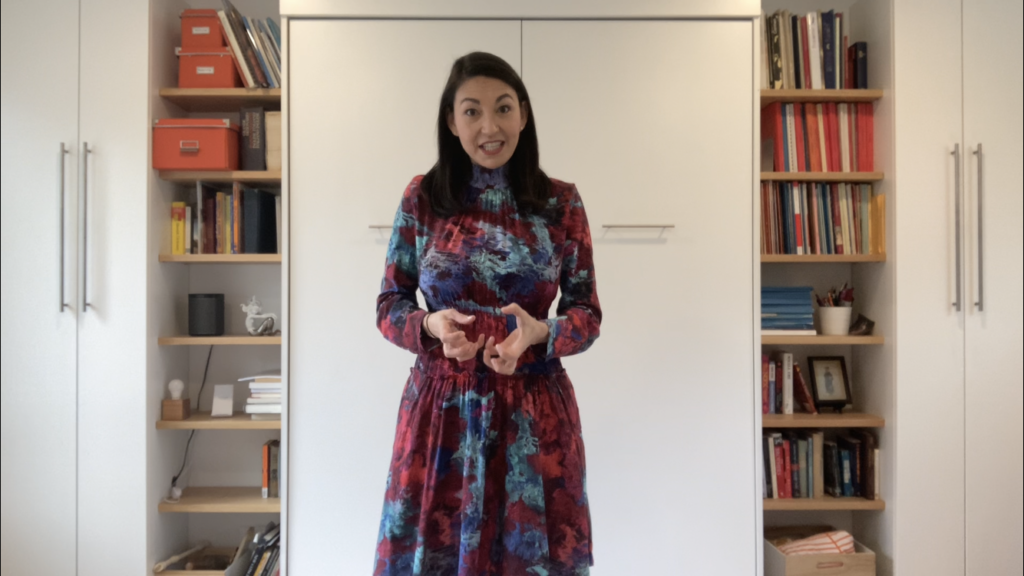Decrescendo without tightening up or wiping out? It IS possible . . . with the power of the rolled R! This resonance exercise will help you sustain or execute a clear crescendo and decrescendo with breath support.
Raise your hand if any of these sound familiar:
- Your decrescendo is just a sudden drop-off from loud to soft, not a gradual decline in volume.
- Your decrescendo is paired with a loss of pitch, so you end up flat and saggy at the end.
- You try to “support your decrescendo” but just end up getting super tense as you reduce the volume, so you end up tight and squeaky, not light and floaty.
The perfect exercise to practice a supported decrescendo is the messa di voce.
What’s a messa di voce you ask? It’s a traditional Bel Canto voice exercise where the singer sustains a single note, performing first a crescendo, and then a decrescendo.
Want to see some of the best singers in the history of earth showing off their messe di voce to each other? Check out this video:
Unfortunately, for those of us living outside Marilyn Horne’s body, it’s extremely difficult to do a traditional messa di voce well, especially the decrescendo part, so I like to recruit the amazing power of the voiced consonant Rolled R to help keep my support ACTIVE and LOW as I decrescendo.
How to do the RRRR Messa di voce
- Find a happy pitch in your middle voice. For me, a soprano, A on the staff is a good place.
- Take a nice low inhalation, and then sing “rrrrrr” on that pitch.
- Crescendo, then decrescendo, keeping the R rolling continuously.
Pro tips:
- Crescendo quickly, so you have lot of air and mental focus left to devote to that tricky decrescendo. Running out of air is not going to make this challenge any easier!
- Pay attention to the sensation in the belly as you sing. Interruptions (or surrender!) in the breath support will manifest as a break in the rolling of the R.
- Use this trick to practice decrescendo passages in repertoire too – do it first on RRR, then on the text, replicating the same sensation in the supporting belly muscles.
If you can’t roll your Rs, you can do this exercise on a lip trill, a Kazoo Pufferfish, or another voiced consonant like V or Z, but to be honest, I don’t find any of those options nearly as useful as R.
Thanks for practicing!


